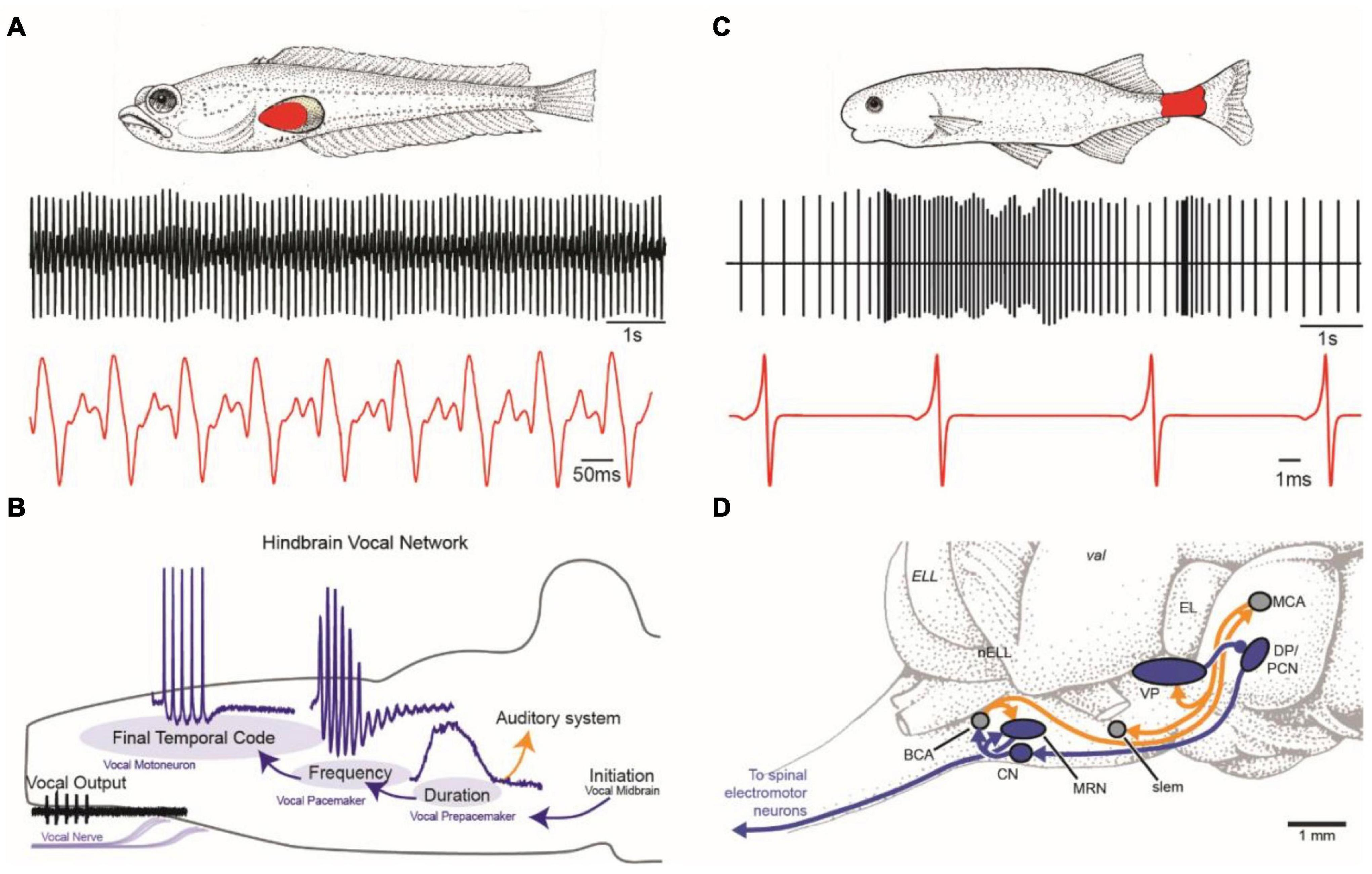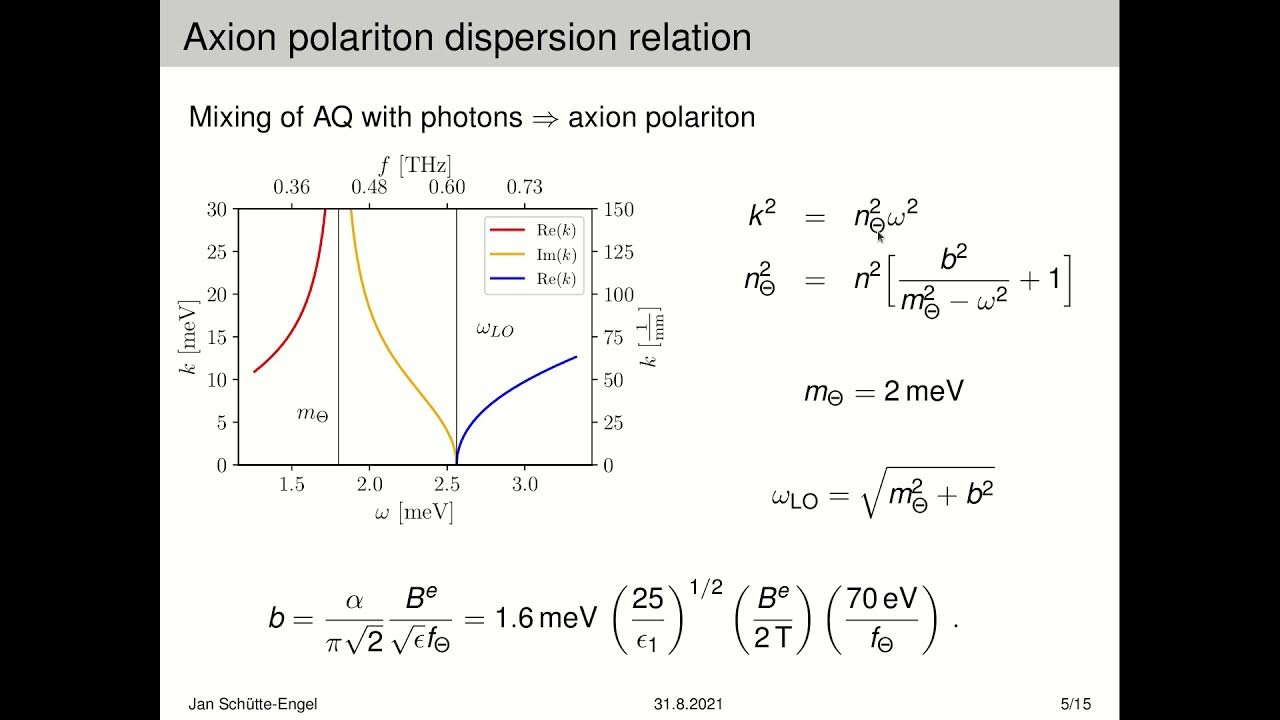Electric fish and NeuroAI represent an intriguing intersection of biology and technology, showcasing how nature’s marvels inform advancements in artificial intelligence. These unique creatures, particularly the weakly electric fish, possess the extraordinary ability to navigate and communicate through electric fields, a skill that has captured the attention of scientists. Researchers are now delving into NeuroAI, a burgeoning field that studies cognitive processes in both natural and artificial systems, inspired by the remarkable communication strategies employed by these fish. Such studies promise to illuminate the concept of collective intelligence, revealing how multi-agent systems—whether biological or artificial—can collaborate and coexist efficiently. By exploring the depths of animal communication through the lens of NeuroAI research, we venture into a fascinating realm where the nuances of electric fish can lead to innovative breakthroughs in AI.
The study of electric fishes, particularly weakly electric species, opens exciting avenues for understanding advanced computational frameworks, often referred to as NeuroAI applications. These aquatic creatures exhibit remarkable communication skills, relying on their ability to emit and sense electric pulses to interact with their peers. In this context, researchers are investigating how these interactions can lead to insights into collective intelligence, a principle that also influences the design of artificial intelligence systems. As scientists analyze the behavioral patterns and social structures of these fish, the potential to improve both animal communication understanding and AI communication strategies becomes increasingly apparent. This exploration not only enhances our knowledge of wildlife but also paves the way for the development of more responsive and adaptive AI systems.
The Unique Communication of Electric Fish
Electric fish, like the elephantnose fish, possess a remarkable ability to transmit information through electric signals. These signals, known as electric organ discharges (EODs), function as a complex form of communication that allows these fish to navigate their murky environments. By generating and receiving these electric pulses, they can interact with one another in ways that are comparable to human language. This unique communication mechanism has captured the attention of researchers who study animal communication and its underlying principles.
The electric pulses emitted by these fish serve multiple purposes, including mating, aggression, and even cooperation. Evidence shows that these weakly electric fish can alter their electric signals in response to the presence of others, creating a dynamic interplay that facilitates social behaviors. Understanding this communication can provide valuable insights into how collective intelligence emerges not only in electric fish but also in other species, including humans, where social dynamics often depend on nuanced interactions.
Exploring Collective Intelligence Through NeuroAI
NeuroAI research focuses on understanding the cognitive processes of both biological and artificial systems. By examining the social interactions of electric fish, scientists hope to uncover fundamental principles of collective intelligence that can be applied to artificial systems, including robotics and AI. The study of interactions among agents—be they fish, humans, or AI systems—offers a window into how complex behaviors can emerge from simple rules, leading to sophisticated communication and cooperation.
Researchers like Kanaka Rajan are paving the way for advancements in AI development by using insights gained from the study of weakly electric fish. By modeling these behaviors through artificial agents, researchers can explore various scenarios that reveal how cooperation and competition affect social interactions. Such simulations provide a powerful tool for understanding emergent behaviors in group dynamics, shedding light on how we might design better AI systems that work harmoniously, similar to the coordination seen in nature.
The Significance of Electric Fields in AI Development
The role of electric fields in the behavior of weakly electric fish is not merely fascinating; it provides tangible lessons for the field of artificial intelligence. The ability of electric fish to ‘see’ and communicate through these fields demonstrates an innovative approach to environmental interaction, one that can inspire new algorithms in AI. As researchers decode how these fish interpret, respond to, and signal their surroundings, they can glean crucial insights that may influence AI systems designed to operate in complex, dynamic environments.
Through the lens of NeuroAI, the study of electric fish illustrates the importance of sensory modalities in shaping behaviors. By integrating principles derived from these aquatic creatures into AI designs, we may improve the adaptability and versatility of artificial agents. The insights gained through such studies contribute not only to robotics and machine learning but also to enhancing our understanding of animal communication and behavior, potentially unlocking new avenues for AI research.
Implications of Artificial Agents Mimicking Electric Fish
The research on electric fish has led to the development of computer models simulating their behaviors, which allows researchers to investigate the intricacies of collective intelligence in a controlled manner. This synthetic environment enables scientists to manipulate variables that are impossible to control in living organisms. By doing so, they can examine how factors like resource availability influence cooperative versus competitive behaviors, providing crucial data for both biological understanding and AI advancement.
Artificial agents, representing electric fish, are programmed to mimic social interactions based on electric pulse communication. These models are instrumental in understanding how artificial systems might evolve to cooperate or compete under different environmental pressures. The findings from Rajan’s studies indicate that behaviors traditionally interpreted as hardwired may actually emerge from the underlying structure of the agents and their interactions, offering a revolutionary perspective on both ecological and AI systems.
Learning from Nature: Evolving AI with Electric Fish
As researchers delve deeper into the dynamics of collective intelligence observed in electric fish, they aim to incorporate these principles into AI systems. The evolutionary simulations conducted by Rajan’s team are crucial, as they suggest that artificial agents can develop adaptive strategies similar to those seen in nature. By studying the survival of various behavioral traits, researchers can better understand how cooperation or competition emerges, offering lessons that directly inform the design of smarter AI.
This evolutionary approach not only provides insight into electric fish communication but also invites parallels between animal behavior and machine learning. By simulating interactions that reflect nature’s complexity, AI systems could learn to adapt and thrive in dynamic environments as effectively as their biological counterparts. This fusion of biology and technology not only enhances AI capabilities but also bridges gaps in understanding animal communication and collective behavior.
Artificial Intelligence and the Future of Collective Dynamics
The study of collective intelligence in electric fish isn’t just a fascinating dive into biology; it holds promising implications for the future of artificial intelligence. As AI systems increasingly require capabilities to operate collaboratively, insights from this research can inform the design and function of these systems. Understanding how electric fish communicate and coordinate can shape the framework for developing AI agents that can work together in complex environments.
The concept of ‘swarms’ in AI, where multiple agents operate collectively, mirrors the coordinated behaviors observed in electric fish. Just as these fish signal to others during foraging or in their social interactions, AI agents can be designed to share information and adapt based on feedback from their peers. Incorporating the principles of collective behavior observed in nature could lead to breakthroughs in the efficiency and efficacy of AI systems, paving the way for more intelligent and connected technologies.
The Intersection of Electric Fish Research and NeuroAI
Studying electric fish offers a unique intersection between biology and technology, particularly in the realm of NeuroAI. These fish provide a model for exploring how communication and perception influence behavioral outcomes in social species. NeuroAI aims to replicate these aspects within artificial systems, allowing machines to engage in more intuitive and human-like interactions. The insights gained from electric fish are essential for developing algorithms that tap into collective intelligence, enabling AI systems to learn from one another and improve their performance together.
By examining the principles of social interaction and communication in electric fish, researchers can better understand how collective intelligence can be harnessed in AI systems. As technology advances, recognizing the value of natural systems like weakly electric fish can ignite innovative methodologies in artificial intelligence research. This cross-disciplinary approach not only enhances our understanding of animal behavior but also inspires new pathways for creating smart, responsive technologies.
Applications of Electric Fish Insights in AI Technology
The behaviors exhibited by electric fish can serve as blueprints for developing advanced AI applications. By leveraging the principles of collective intelligence observed in these fish, scientists and engineers can create AI systems capable of navigating complex, uncertain environments. The insights gathered from studying their communication methods can also inform the development of smarter algorithms that enable AI agents to cooperate and adapt dynamically, comparable to how electric fish utilize their electric fields for social interaction.
In practical terms, incorporating lessons learned from electric fish into AI design can lead to applications in robotics, swarm intelligence, and adaptive systems. Future AI development could see machines not only capable of executing tasks but also communicating and collaborating effectively in real-time. This approach echoes nature’s wisdom, suggesting that the intricacies of collective behavior found in electric fish can significantly enhance the functionality and resilience of AI technologies.
Future Directions for Collective Intelligence Research
The ongoing research into electric fish and their unique communication methods paves the way for numerous future studies across both biology and artificial intelligence. As scientists continue to unravel the complexities of social dynamics in these species, they can potentially discover universal principles that govern collective intelligence, applicable to a wide range of fields. Such findings could transform our understanding of social interaction in both natural and artificial systems, leading to innovative technological advances.
Moreover, establishing a deeper link between animal behavior and AI will enrich both disciplines. The lessons learned from studying how electric fish communicate, cooperate, and compete offer invaluable models that can refine AI systems. As we venture further into the era of NeuroAI, the synergy between natural intelligence and artificial constructs may unlock unprecedented potential for collaboration, signaling a remarkable transformation in how we perceive and design intelligent systems.
Frequently Asked Questions
How do electric fish, such as the elephantnose fish, contribute to our understanding of NeuroAI?
Electric fish like the elephantnose fish provide insights into NeuroAI by showcasing how these creatures use electric fields for communication and perception. Their unique electro-sensory capabilities highlight principles of collective intelligence, which researchers can model to enhance artificial intelligence systems.
What role does the study of weakly electric fish play in advancing artificial intelligence?
The study of weakly electric fish is crucial for advancing artificial intelligence as it helps scientists understand coordinated communication and collective intelligence. By modeling their behaviors, researchers aim to develop AI systems that mimic these emergent social dynamics.
What is the connection between animal communication in electric fish and NeuroAI research?
Animal communication in electric fish, particularly through their electric pulses, offers a practical example for NeuroAI research. Studying these communication patterns aids in developing AI that can learn and interact similarly, thereby better simulating social behaviors in artificial agents.
In what ways do electric fish demonstrate collective intelligence, and how can this inform AI development?
Electric fish demonstrate collective intelligence through coordinated behaviors when searching for food, communicating using electric pulses. Understanding these dynamics informs AI development by providing models for cooperation and competition among artificial agents in complex environments.
Can the principles observed in electric fish help improve AI systems’ communication strategies?
Yes, the communication strategies observed in electric fish can inform AI systems about efficient ways to share information and coordinate actions. Insights from these biological models can lead to the creation of more effective multi-agent AI systems that excel in real-world applications.
What experimental methods are used to study the behaviors of electric fish in relation to NeuroAI?
Researchers use computer simulations and artificial agents to study the behaviors of electric fish. By manipulating variables in controlled experiments, they gain insights into how collective intelligence emerges, guiding the development of more sophisticated AI models.
How do behaviors of electric fish relate to the concepts of cooperation and competition in artificial intelligence?
Behaviors of electric fish reveal how cooperation and competition arise from social dynamics, which can be modeled in AI. Such insights can help design AI systems that adapt their strategies based on environmental conditions, improving their overall effectiveness in problem-solving.
What evolutionary principles can be derived from the study of electric fish that apply to NeuroAI?
The study of electric fish highlights evolutionary principles such as natural selection driving competitive and cooperative behaviors. These principles can be applied to NeuroAI, where AI systems can evolve and adapt their interactions based on the success of specific strategies in various contexts.
Is there a potential for exploring universal laws of social interaction through the study of electric fish and NeuroAI?
Yes, exploring universal laws of social interaction through electric fish could reveal critical insights applicable to both biological and artificial systems. This research can uncover thresholds for optimal cooperation and competition, which can inform the design of more effective AI networks.
What implications do findings from electric fish have for the future of neuro-inspired artificial intelligence?
Findings from electric fish have significant implications for neuro-inspired artificial intelligence, suggesting how social behaviors and interaction models can be implemented in AI systems. This can pave the way for advanced cooperative AI technologies, enhancing adaptability and problem-solving capabilities.
| Key Points |
|---|
| Electric fish communicate and navigate using electric fields, providing insights into collective intelligence in NeuroAI. |
| The elephantnose fish is a weakly electric species studied for its unique communication methods and social behaviors. |
| Their communication consists of electrical pulses used for various behaviors including mating, aggression, and cooperation. |
| Modeling the fish’s behavior can help develop AI systems that exhibit collective intelligence similar to natural systems. |
| Rajan’s team uses artificial agents mimicking elephantnose fish to understand emergent behaviors within groups. |
| Research indicates that food availability influences whether fish cooperate or compete, which can also inform AI behavior. |
| The study aims to identify universal laws of social interaction that might apply to both biological and artificial systems. |
Summary
Electric fish and NeuroAI are strongly interconnected as the exploration of how electric fish communicate offers valuable insights into the development of AI systems featuring collective intelligence. By studying the unique behaviors of elephantnose fish and utilizing models to simulate their interactions, researchers like Kanaka Rajan can deepen our understanding of cooperation, competition, and social dynamics both in nature and artificial systems. The findings promise to enhance our capability in AI design, with potential applications that mimic these biological principles to foster improved interactions between AI agents.



